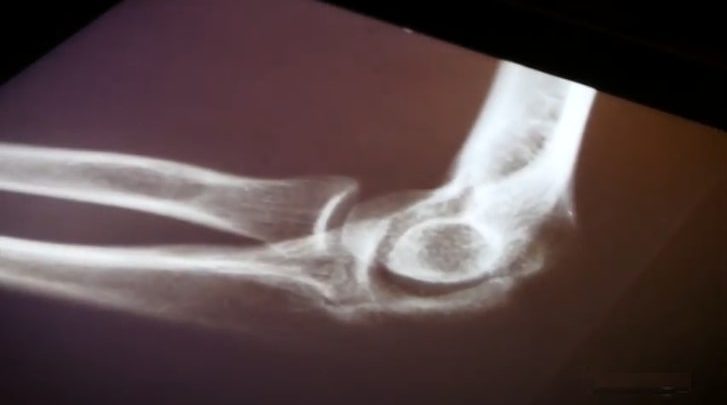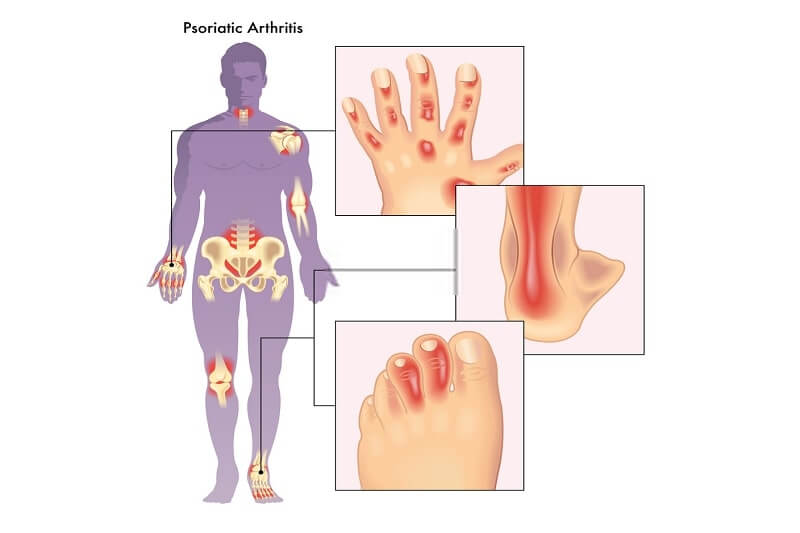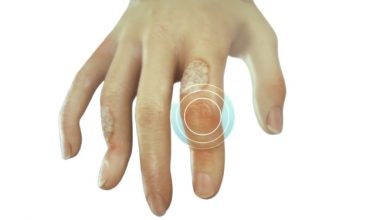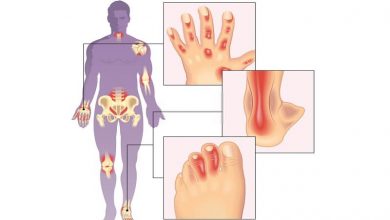A Short Note on Psoriatic Arthritis

Psoriatic arthritis is a type of arthritis that is not heard of quite as much as some others types of arthritis, but it is an arthritis disease that affects many people causing them pain and discomfort. Psoriatic arthritis is a type of arthritis that is similar to rheumatoid arthritis in that it causes inflammation and swelling of the joins and the tissues around them.
Psoriatic arthritis is unique because it causes outward changes to the skin around the joints. In fact, it usually presents with gray discolorations or even scaly patches on the skin. Some patients also have changes in the nails. Usually these changes are hard to diagnose because they will start occurring before the symptoms of joint swelling. In fact the changes in the skin and nails may become noticeable years before the joint swelling and pain is experienced.

Experts do not know what causes Psoriatic arthritis to be found in some patients but not in others. Most researchers believe that it is a combination of factors that come together to trigger the illness in some people. It’s possible that a combination between environment and genetics plays a role in the development of Psoriatic arthritis.

The symptoms of Psoriatic arthritis are different in all patients. Most patients will experience a graying and scaly appearance of the skin months or even years ahead of the joint pain and swelling. Usually the arthritis is found on the knees, the ankles, and the feet although it can be found on all joints. The joints that are affected will usually be hot, swollen, and red. Fingers usually swell to the point where they have a sausage like appearance. The condition may also cause an inflammation of the spine and the sacrum, which may cause severe pain in the back, buttocks, and neck. This may not be experienced by all patients, but those who do experience these symptoms often experience immense pain.

Like all forms of arthritis, there is no cure for Psoriatic arthritis. This does not mean that patients will simply suffer; instead doctors are prescribing medications that are meant to manage symptoms and alter the course of the disease so that it is not as destructive long term. Doctors usually start with medications that are meant to do away with pain and inflammation, such as NSAIDs. These will be combined with medications that are meant to slow down the progression of the disease so that further joint damage is not done. Usually with the help of these medications symptoms will be greatly reduced and may even experience a remission lasting several months or even years.

Patients who are consistent in taking their medications are usually much more successful at managing symptoms and even encouraging remission and discouraging further damage to their joints that will cause more pain and swelling in the future. Doctors are usually very proactive, choosing to treat in an ongoing manner with both types of drugs to keep the patient pain free and also allowing them to continue to live an active lifestyle.




